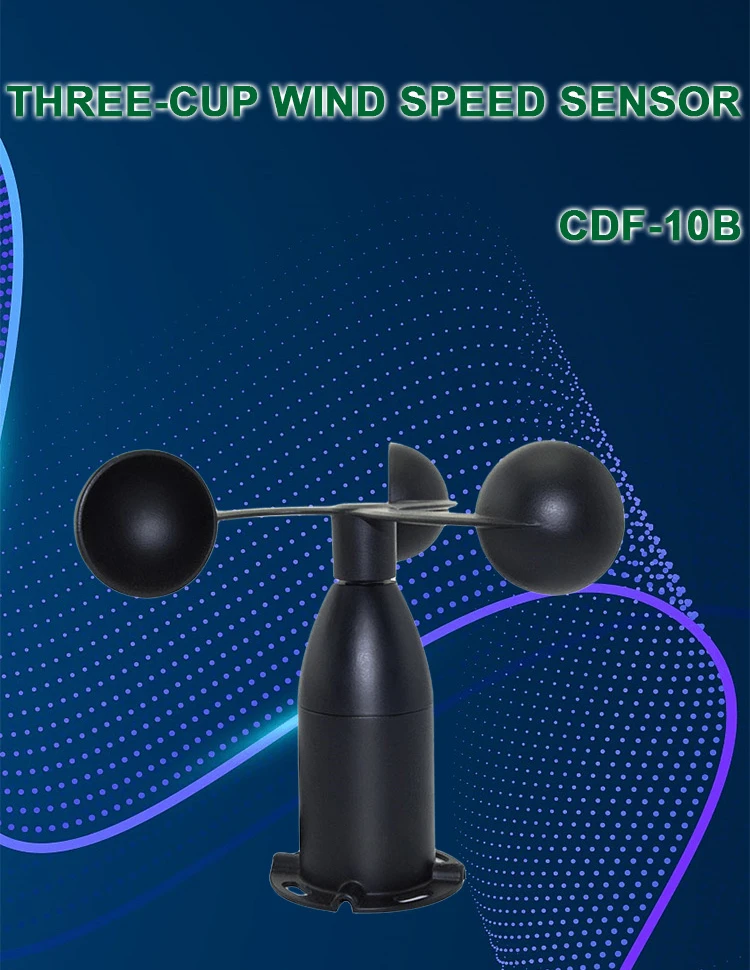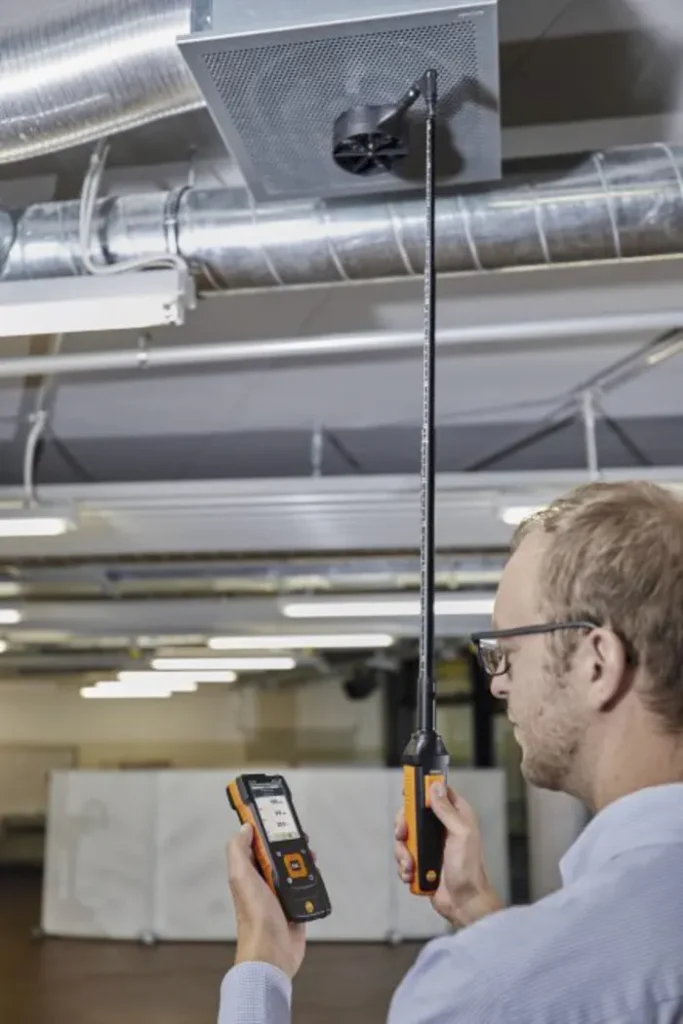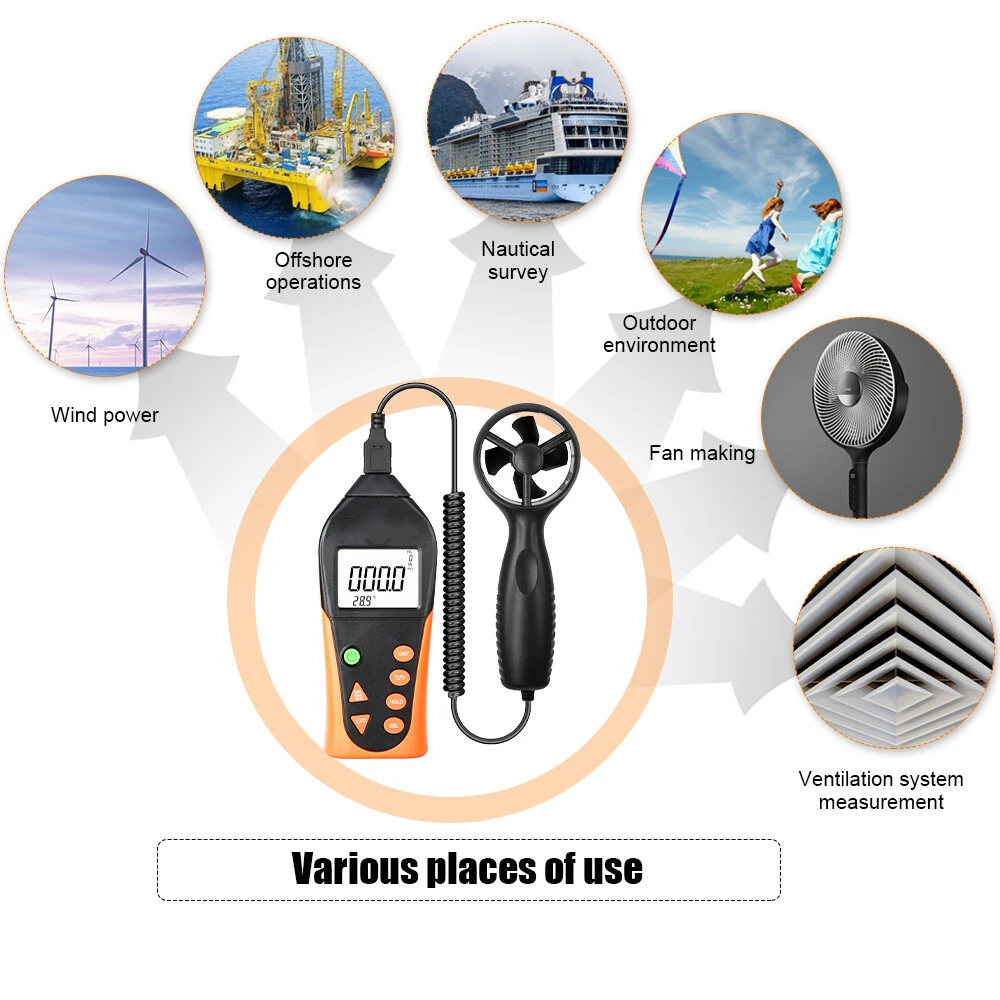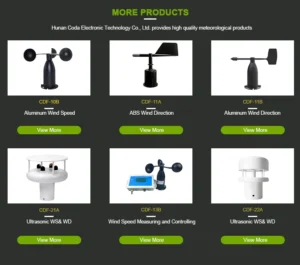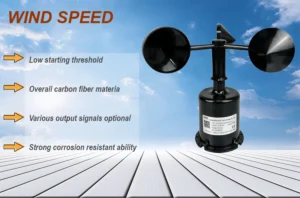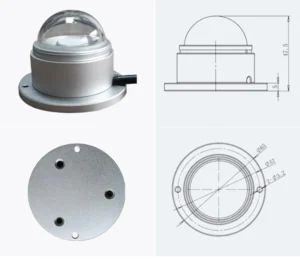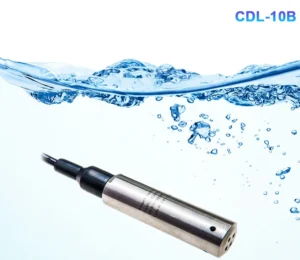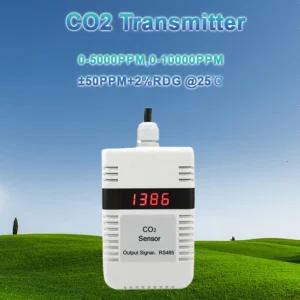Importance of Anemometers in HVAC Systems
Anemometers are typically split into two main types. One type measures speed. The other type measures pressure.
Anemometers are mostly used to predict the weather. Professionals and organizations rely on them with wind vanes for important wind data. They also have a key role in the HVAC industry.
Anemometers in HVAC systems gauge the airflow in heating and cooling. Good airflow is important for keeping comfortable temperatures in homes and businesses.
Poor air circulation can reduce how well these systems work. HVAC technicians often use anemometers to check wind speed. They do this to find issues with airflow.
Application of Anemometers in HVAC Systems
To check the airflow from an HVAC system, a technician puts an anemometer close to the vent or duct. Even without a wind vane, an anemometer collects and shows airflow data. Technicians can use this data to make system adjustments.
In most cases, professionals opt for hot wire anemometers in HVAC settings. These devices have a thin wire that is heated by electricity.
The wire is held up by needles on each end. The hot wire anemometer is not like traditional ones. It uses electrical current to heat a wire.
When air flows over it, the temperature changes. The device adjusts its power to keep the heat steady. The anemometer measures power changes to find air speed. This speed is shown on an LCD screen for technicians to see and respond to.
Advantages of Hot Wire Anemometers in HVAC Applications
Hot wire wind speed anemometers have many benefits for HVAC specialists. Their design has thin probes. This lets them measure in hard-to-reach places.
Another important benefit is that they can work in a wide range of temperatures. This is important because HVAC systems have different BTU outputs. These outputs depend on the size and type of the system. A big commercial building needs more BTU capacity than a house.
Hot wire anemometers can measure airflow from 0 to 10,000 feet per minute (FPM). They track air speed accurately at certain points in the ductwork. Many models can work at temperatures up to 200 degrees Fahrenheit. This makes them useful and adaptable tools for HVAC checks and changes.
Partner with Experts in HVAC Solutions
For accurate airflow checks of your heating and cooling systems, trust Coda’s skills. We use advanced tools like anemometers and wind vanes to measure the flow of air. This helps us find and fix problems in your HVAC system. We are dedicated to providing great service to our valued customers.
